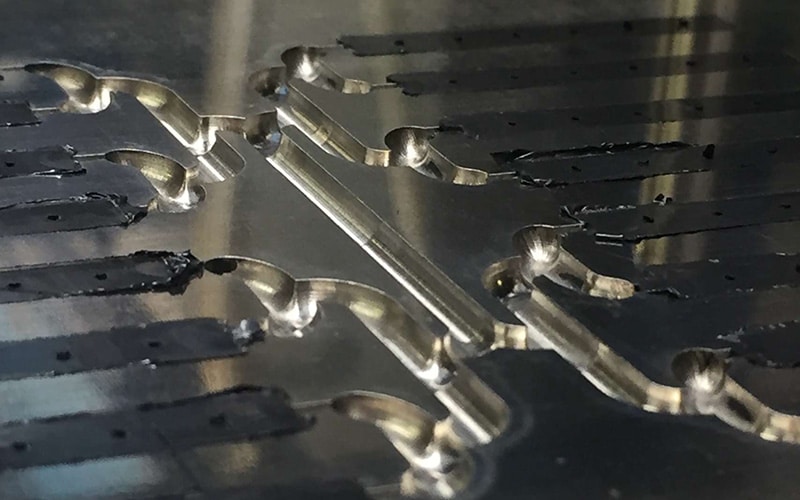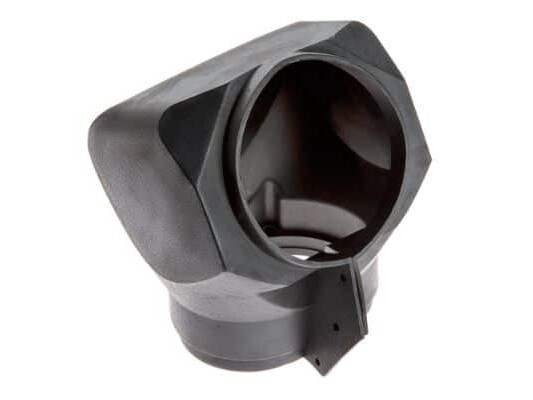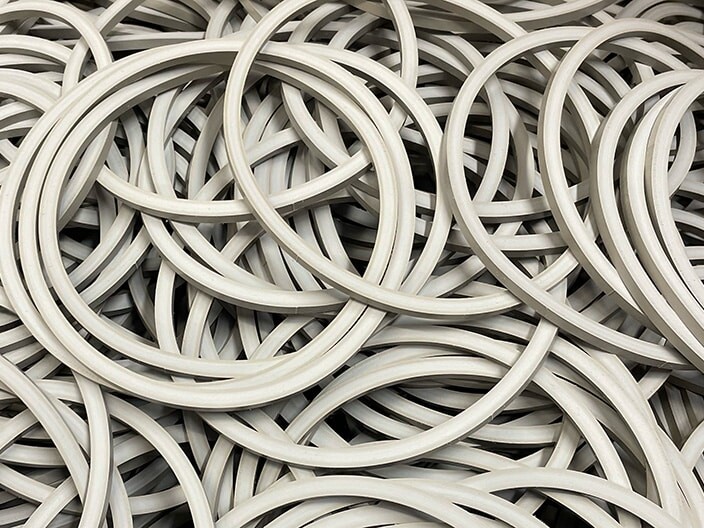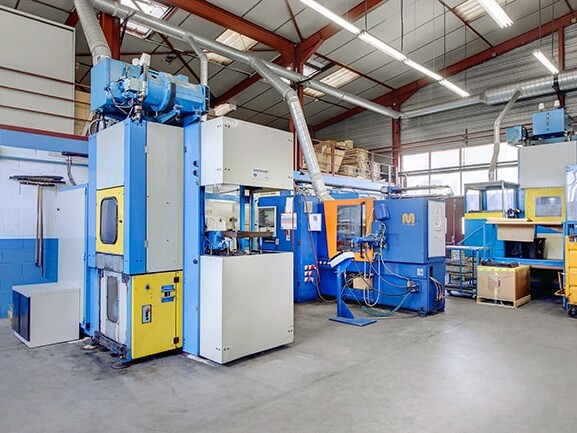
What is injection molding?
Injection molding consists of vulcanizing a precise volume of raw rubber in a container using a rotating screw and a piston valve.
Injection molds are generally made of high hardness steels, often supplemented by surface treatment and/or coatings.
The impressions are either machined in the mass or in an interchangeable insert version, which allows them to be changed in the event of damage.
Fed in continuous strips and preheated in a sheath, the raw mixture is automatically injected under pressure into the tooling feed channels, then into the mold cavities.
The heating or vulcanization process can then begin. Cycle time depends on the type of elastomer used as well as the geometry of the molded part. Cycle time depends on the type of elastomer used as well as the geometry of the molded part. It can then receive surface treatments if necessary.
Injection molding at ITC
Injection molding is a process generally dedicated to quantitative series. It allows the molding of parts of any geometry, weighing less than a gram up to several kilos and with hardnesses ranging from 20 to 90 shA.
Injection molding is the most cost-effective method for producing elastomeric parts on a large scale. It also has the advantage of offering consistent quality over low to high production volumes.
Injection molding is well suited for making metal inserts in certain parts. Metallic elements can thus be inserted and adhered to an elastomer part, making the part perfectly united.


The stages of injection molding
Injection molding is based on the use of an injection press and a mold generally made up of two parts, one mobile and one fixed. This process follows the steps below:
- The mold is first brought to temperature,
- The elastomer is heated so that it can be injected in the form of a paste into the injection system (endless screw, piston valve)
- The mold is closed, then the rubber or elastomer is injected under pressure
- The mold is maintained at temperature to allow the vulcanization (cooking) of the material,
- Then the mold is opened and the part is ejected
There is also a 3-plate injection technique, the third plate called the “breakage plate” allows all of the impression supply channels to be received.
In some cases, in order to save rubber material, BCRs (Regulated Channel Blocks) are used. In this case, there is no material loss.
Many applications can be carried out in injection molding: valves, plates, studs, sleeves, suction cups, seals, membranes, bellows, etc.
The choice of elastomers used for injection will be made according to different criteria linked to the specifications required for the final part: hardness, elongation, breaking strength, abrasion resistance, temperature resistance, color, food safety, etc.
Processed materials: all types of elastomers – Natural Rubber, EPDM, Polychloroprene, Nitrile, SBR, Butyl, FKM, FFKM, Viton, Silicone…
Call our team to assist you in the production of your molded part.

